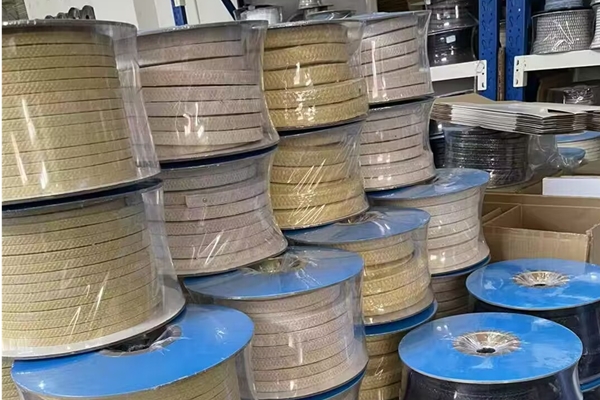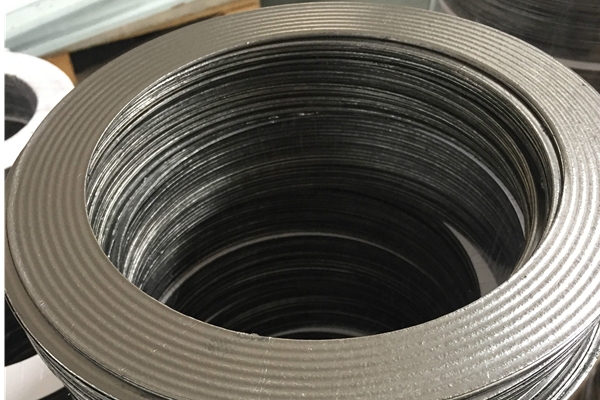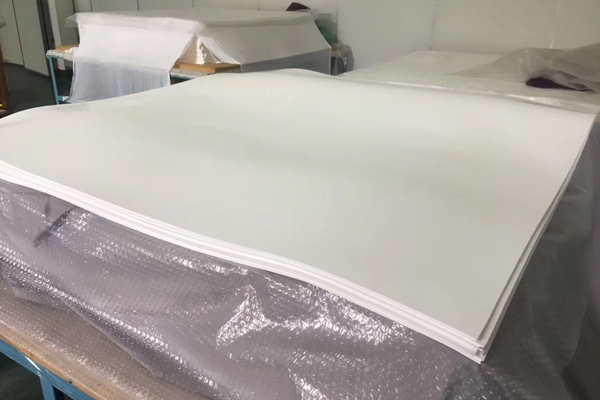Corrugated gaskets are a great alternative to spiral wound gaskets. Spiral wound gaskets are seals made by rolling the gasket material into a ring and placing it between flanges. Among the industries that use spiral wound gaskets in India are food processing, power, pharmaceuticals, petrochemicals, and shipbuilding.
So, why use corrugated gaskets instead of spiral wound gaskets? Let us find out.
1. Structure
Spiral wound gaskets usually have an inner ring or center ring, and the filling material is made of PTFE or graphite. The inner ring provides robustness, while the outer ring serves to center the gasket between the flanges. Spiral wound gaskets are suitable for high-pressure environments under extreme working conditions. The high-performance spiral wound gasket model can handle pressures up to 320 bar.
The structure of the corrugated gasket is composed of a metal core, and the corrugated and sealing elements are used in extreme environments. These are made of corrugated stainless steel rings and are equipped with layers of soft materials such as PTFE or graphite on both sides. The gasket can withstand a pressure of 160 bar.
Depending on the application, corrugated gaskets can be manufactured in different shapes, such as round, rectangular, oval/elliptical, or customized shapes. Generally speaking, heat exchangers need custom-structured gaskets. Meet these requirements; corrugated gasket manufacturers can design custom corrugated gaskets according to their needs.
2. Performance
Compared with traditional gasket designs, corrugated gaskets provide better sales performance. These gaskets are ideal for old factories and equipment. Improve the anti-radial shear and thermal cycle performance of the corrugated gasket. In addition, corrugated gaskets function effectively at low seat stress levels.
Spiral wound gaskets with graphite packing can withstand temperatures as low as -200 degrees Celsius or as high as 550 degrees Celsius. Similarly, corrugated gaskets can withstand temperatures as low as -200 degrees Celsius and as high as +450 degrees Celsius. When working in temperatures above or equal to 550 degrees Celsius, corrugated gaskets with a mica layer are suitable.
3. Application
Corrugated gaskets are perfect for handling challenging environmental content such as gases, oils, chemicals, acids, etc. You can get excellent elasticity and recovery with this type of gasket. In addition, well-known manufacturers of corrugated gaskets build superior quality gaskets to ensure a greater level of tightness and low slack, better stability and handling.
Corrugated gaskets are excellent for use in valve, steam, pressure vessel, gas and heat exchanger applications due to their resistance to corrosion. You can find spiral wound gaskets in heat exchangers, pumps, valves, boilers, manhole covers, compressors, etc.In addition, these gaskets can provide high performance in pipelines, nuclear power plants, and conventional power plants.
4. What makes corrugated gaskets a better alternative to spiral wound gaskets?
Compared with spiral wound gaskets, corrugated gaskets perform well at lower surface pressures.
When corrugated gaskets work effectively, use standard flanges. In addition, these gaskets are suitable for defective flanges. The corrugated gasket is designed to work effectively, uneven flange surface, no special flange design is required.
Compared with spiral wound gaskets, corrugated gaskets have an inner hole design to ensure that no media contamination occurs.




